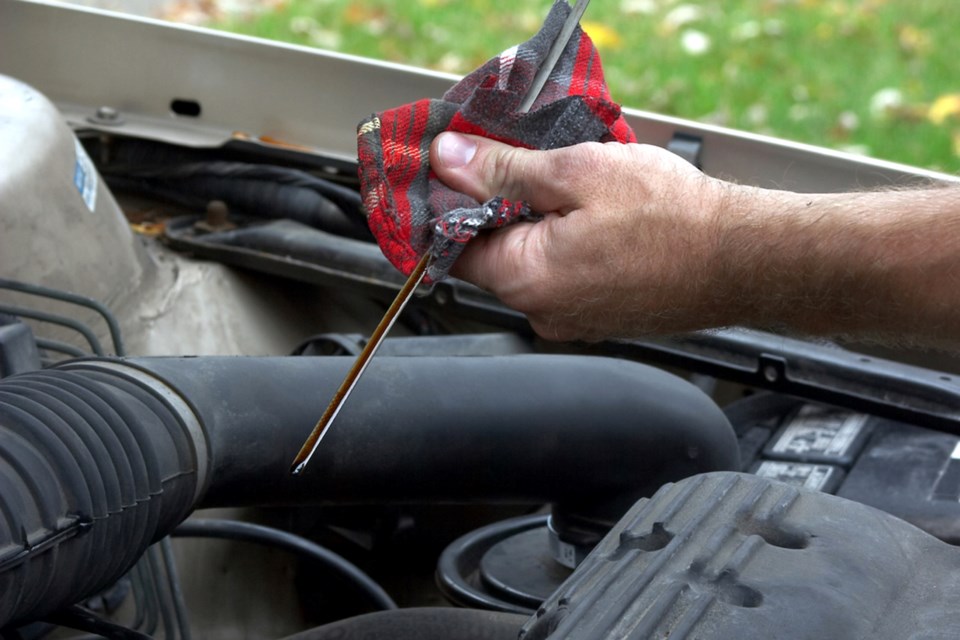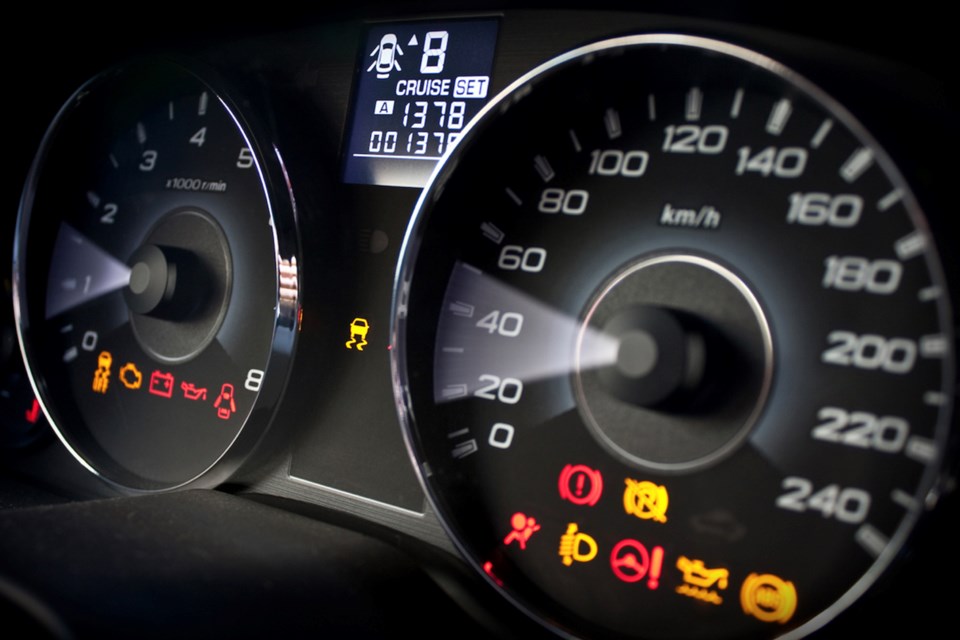When most of us have a warning light appear on our dash, the first instinct is to ignore it and hope it goes away. While this might be ok for a low wiper fluid alert, most warning lights require immediate attention and action. With so many different symbols, it can be hard to know which alerts to take seriously and which warnings are more of a recommendation. Below, we’ll give you a full rundown of the vehicle warning lights you need to know and how to remedy what’s causing them. Hopefully, the next time you’re surprised by a dash light, you’ll know exactly what needs to be done!
Check Engine
This is the most significant warning you’ll get, and you’ll need to diagnose this alert as quickly as you can. Typically the symbol is just the shape of an engine, and the words “check engine” may also appear. If you’re lucky, the light will be because of a loose or missing gas cap - but more serious issues, such as overheating or an oil leak, can also be the cause. If you don’t find a significant problem, get your car to a mechanic with as little driving as possible.
Low Tire Pressure
Most newer vehicles are equipped with tire pressure monitoring systems or TPMS. Typically, these lights are shaped like a horseshoe with an exclamation mark in the middle and indicate one or more of your tires is underinflated. If you get a low tire warning, find a gas station with an air hose, inspect for leaks, and fill it back to the recommended level. Underinflated tires aren’t just unsafe - they’ll wear out faster and lower your fuel efficiency.
Traction Control
One of the more common warning lights is the traction control light. This warning is shaped like a vehicle with swerving marks underneath it. Possibly the only warning light you won’t need to pull over for, it merely means your vehicle’s traction control system has been activated. Traction warnings are standard on wet and snowy roads, so slow down and leave some extra distance between other cars when it appears.
 tacojim via gettyimages.com
tacojim via gettyimages.comOil Pressure
This alert symbol is shaped like an oil can and usually means your engine is low on oil. Typically, topping off the oil will make this warning disappear, but be sure to inspect for leaks or any more extensive issues. Ignoring this light can cause long term damage to your engine and require significant repairs that are not cheap, so make sure to address it immediately.
Battery Warning
There’s no mistaking what this battery-shaped alert is warning you about, but there are numerous places to check when it appears. If your battery is low voltage, you should see other symptoms like dimmer dome lights and a silent radio. If these devices seem fully powered, you may have a damaged or loose battery terminal or cable. Batteries can lose almost 30% of their capacity in cold weather, so consider replacing your older one before winter comes to avoid battery alert lights.
Engine Temperature
Another scary warning light to see is the engine temperature alert. Most of these lights are shaped like a thermometer upright on top of waves. Overheating is the most likely culprit, so you’ll want to pull over and let the engine cool immediately. When completely cooled, check antifreeze levels and inspect for possible leaks, especially at the water pump. You won’t want to put many more miles on your engine if this warning persists, so take it to a professional if it doesn’t go away after cooling.
Low Fuel
The peskiest light on our list is the low fuel indicator. Most fuel lights are shaped like a gas pump, but some are just small lights next to your gas gauge. How long you drive with this light is entirely up to personal preference, but most vehicles will range an additional 20-30 miles after the indicator appears. You can push it if you’re feeling brave, but remember that driving with less than a quarter tank will wear out your fuel pump requiring early replacement.
Most vehicle warning indicators are essential to the overall health of your vehicle and should not be ignored. While low fuel and wiper fluid warnings aren’t pressing, the majority do require some urgent examination. Often, you’ll be able to top off some fluids or tighten some cables to get the warning light to vanish, but if they’re persistent, you’ll want to find a mechanic or auto parts store to diagnose the issue. Familiarize yourself with your specific warning indicators inside your vehicle’s manual, and remember this guide to keep your car running safe and smooth.
 This story was made possible by our Community Partners Program. Thank you Davis Chevrolet for helping to expand local news coverage in Alberta. Learn more.
This story was made possible by our Community Partners Program. Thank you Davis Chevrolet for helping to expand local news coverage in Alberta. Learn more.


